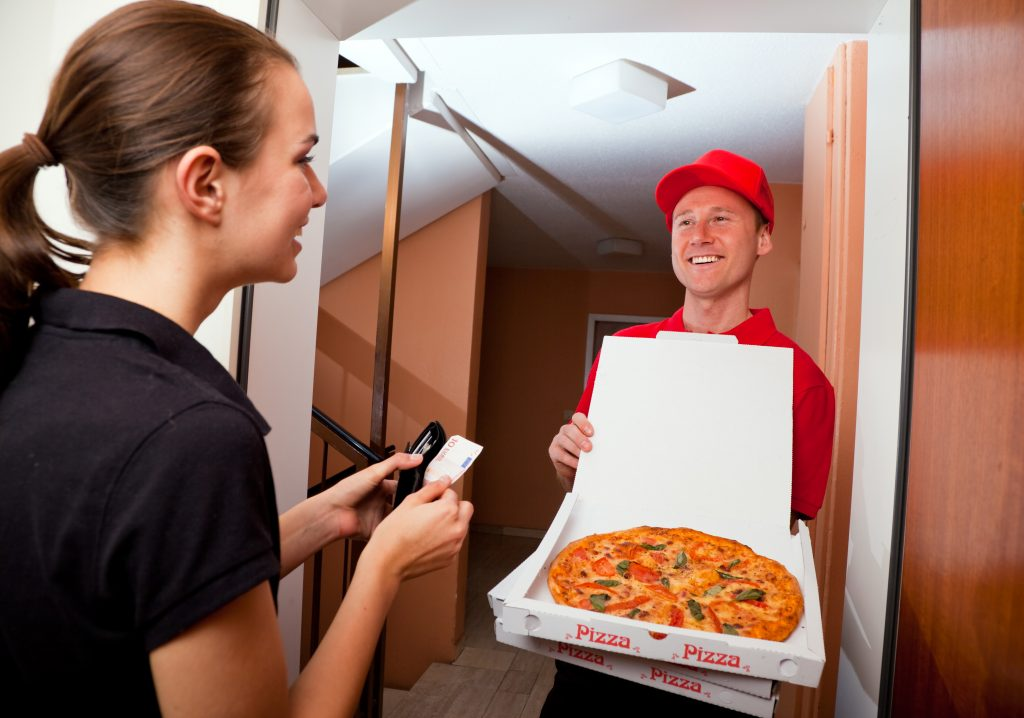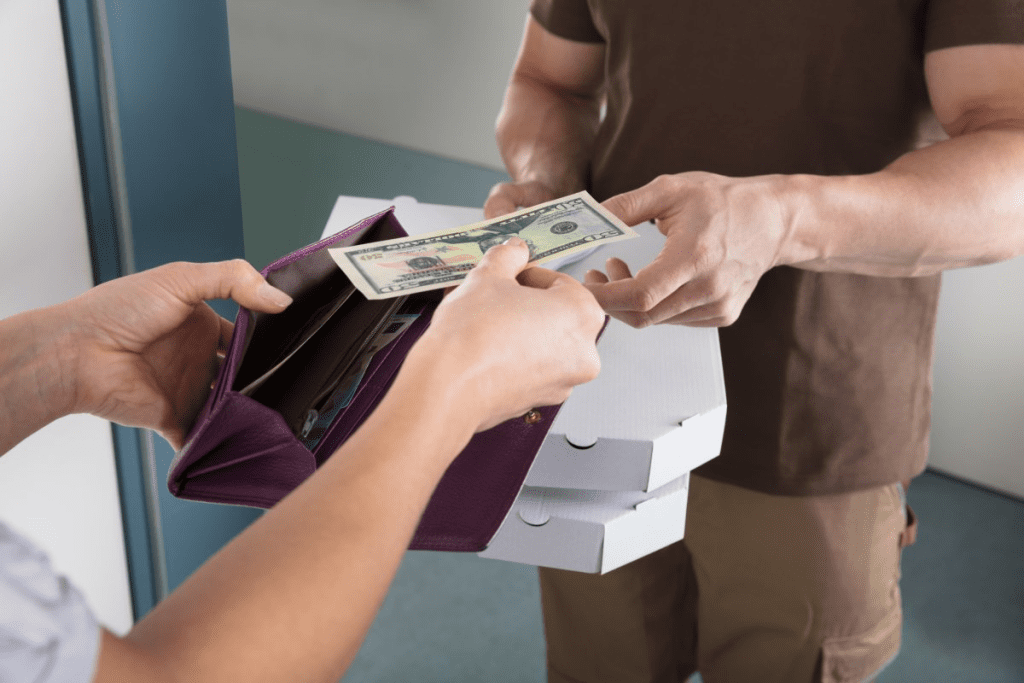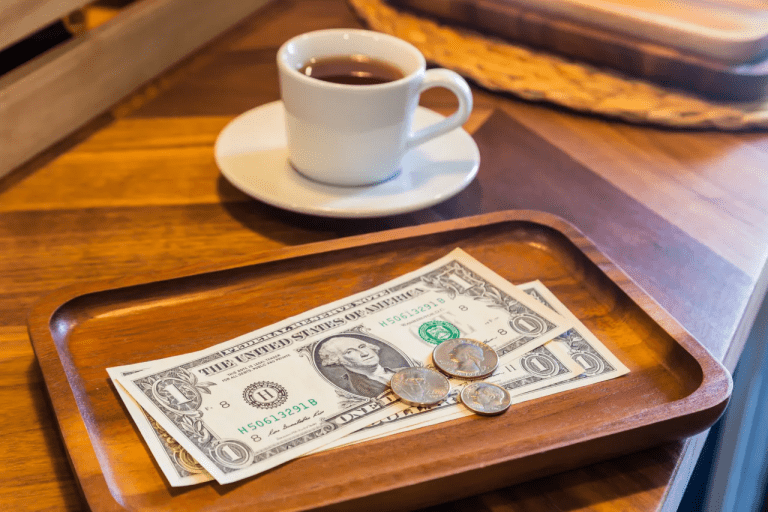Tipping can feel like walking a tightrope—you want to show appreciation, but you’re never quite sure what’s appropriate. A recent run-in with a pizza delivery driver refusing service after a perceived low tip brings this issue into sharp focus. How much should you tip delivery drivers, and why does it matter so much? Let’s explore the nuances of tipping etiquette, its emotional and practical impact, and how to strike the perfect balance.
Why Delivery Drivers Deserve More Than Just a Tip

Delivery drivers are the unsung heroes of convenience. They navigate traffic, adverse weather, and tight schedules to bring your meals or packages directly to your door. Their job demands efficiency, adaptability, and a strong sense of customer service—all while balancing modest wages.
What many people don’t realize is that most delivery drivers rely heavily on tips to make ends meet. Their base pay often doesn’t cover the expenses they incur, such as fuel, car maintenance, and insurance. When you tip your delivery driver, you’re not just saying thanks; you’re helping them sustain their livelihood.
The Role of Tipping in the Service Industry
In the United States, tipping is a cornerstone of the service industry. Many service workers earn less than the federal minimum wage because tipping is expected to supplement their income. For delivery drivers, tips can account for a significant portion of their earnings.
Think of tipping as a simple equation: good service plus a thoughtful tip equals a positive exchange. Not only does tipping ensure fair compensation, but it also strengthens the connection between customer and service provider. A small gesture of gratitude can make a world of difference to someone who works tirelessly to deliver convenience to your doorstep.
How Much Should You Tip? A Practical Guide
Tipping doesn’t have to be a guessing game. Here’s a breakdown to help you determine the right amount:
- Standard Percentage: The general rule is to tip between 10% and 20% of your total bill. For smaller orders, consider leaning closer to 20%, while larger orders may warrant something closer to 10%—but never less.
- Minimum Amount: Even if your order is small, aim for at least $3 to $5. This ensures the driver’s effort is recognized, regardless of the bill’s total.
- Exceptional Circumstances: If your driver goes above and beyond—navigating bad weather, delivering late at night, or handling a particularly tricky location—consider tipping more generously to reflect the added effort.
Remember, tipping isn’t just about the dollar amount; it’s about recognizing the service and the circumstances surrounding it.
Regional and Cultural Variations in Tipping Norms
Tipping expectations vary widely based on location and culture. In urban areas of the United States, tipping is deeply ingrained and often more generous, particularly where delivery services are ubiquitous. In rural areas, tipping norms might be slightly lower, but the gesture remains essential.
Globally, tipping customs are diverse. In countries like Japan, tipping is rare and may even be considered rude. However, in the U.S., tipping remains a vital part of the service economy. Understanding these cultural nuances ensures you’re always on the right side of generosity.
The Emotional Impact of Tipping on Drivers

Tipping isn’t just about money—it’s about acknowledgment. A good tip tells your delivery driver, “I see your effort, and I appreciate it.” Conversely, a low or absent tip can feel dismissive, leaving the driver demotivated or frustrated.
In the case of our pizza delivery driver, his refusal to deliver again stemmed from feeling undervalued. While his reaction might seem extreme, it underscores the emotional weight tipping carries for service workers. Generosity isn’t just about dollars—it’s about fostering mutual respect.
What to Do When a Delivery Driver Refuses Service
If you find yourself in a situation where a driver refuses service due to a past tipping issue, here’s how to handle it:
- Stay Calm: Avoid confrontation. Approach the situation with understanding and patience.
- Reflect: Consider whether your previous tip might have been perceived as too low. Use this as an opportunity to reassess your tipping habits.
- Communicate: Reach out to the delivery company to explain the situation. They may mediate or offer a resolution that satisfies both parties.
Mistakes happen, and addressing them calmly can often lead to a better understanding between customers and drivers.
Is There a Better Alternative to Tipping?

Some argue that tipping is an imperfect system, creating income instability for service workers. Suggestions like higher base wages or standardized service fees have been floated as alternatives. While these ideas hold merit, the current reality is that tips remain a crucial part of many workers’ earnings.
Until systemic changes are implemented, tipping remains the most direct way to support delivery drivers. By tipping thoughtfully, you ensure your driver is fairly compensated while contributing to a culture of gratitude.
Tips for Tipping: A Checklist
Here’s a quick rundown to ensure your tipping practices hit the mark:
- Always Tip Something: Even a small amount is better than nothing.
- Adjust for Effort: Consider the distance, weather, and complexity of your delivery.
- Be Consistent: Regular customers who tip well are often remembered fondly by delivery drivers, leading to better service in the long run.
- Add a Note: If you’re tipping digitally, a kind word in the delivery instructions can go a long way in brightening someone’s day.
Conclusion: Gratitude in Action
Tipping isn’t just about following a social norm—it’s about expressing gratitude for the hard work that delivery drivers put in every day. Whether it’s a quick snack or a large dinner order, your tip can make a meaningful difference in someone’s life.
By understanding the challenges delivery drivers face and recognizing the value of their work, you can approach tipping with confidence and generosity. After all, showing appreciation isn’t just good manners—it’s good karma. So the next time your meal arrives at your door, remember: a thoughtful tip isn’t just about dollars and cents. It’s a thank you that resonates far beyond the moment.


